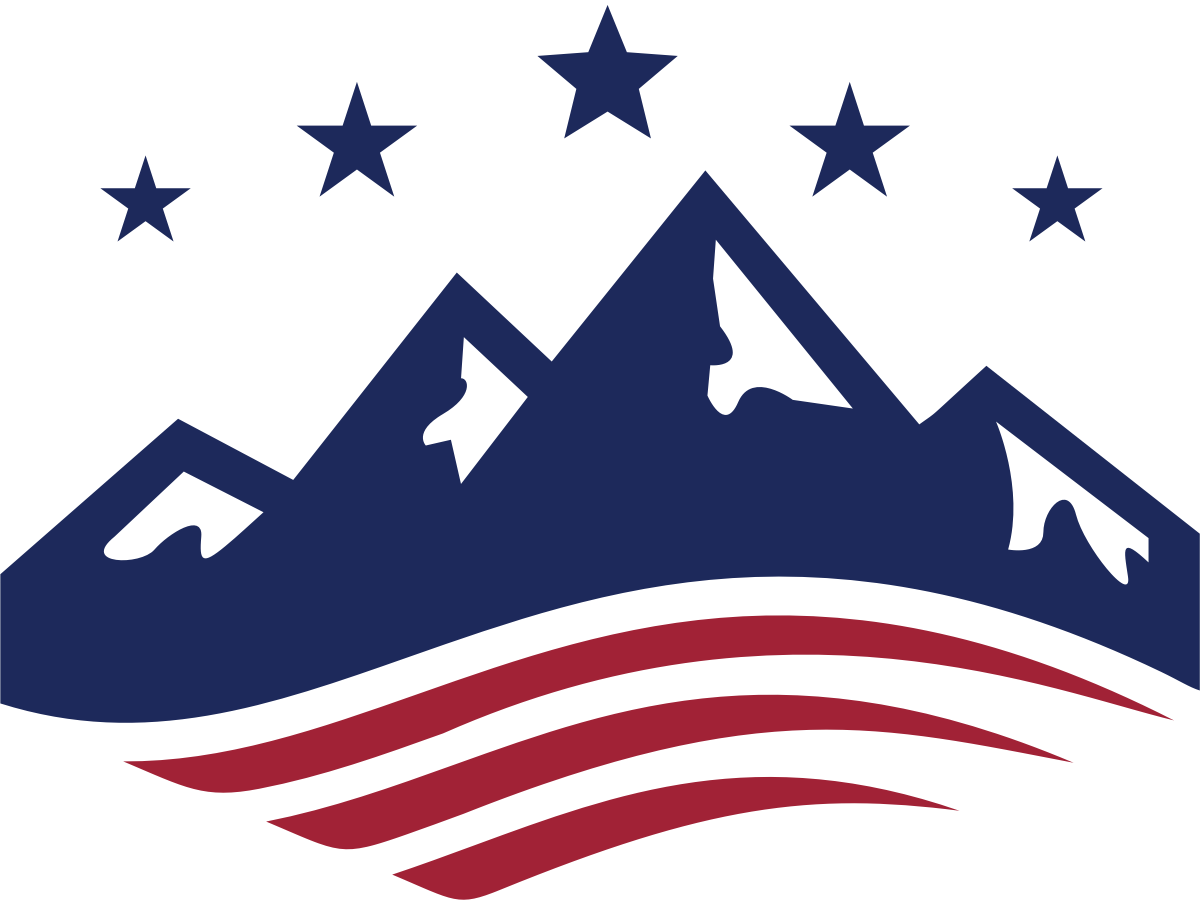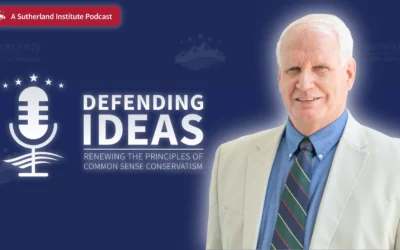
Written by William C. Duncan
February 1, 2024

A pattern has developed each time a presidential administration changes: Administrative agencies begin to suggest changes in regulations adopted by the previous administration. Politically, this makes sense, because the new president wants to be able to make a quick impact on policy and is the person who oversees the work of those agencies.
This pattern has some troubling legal implications, though. The Constitution gives the “legislative power” to Congress. Federalist 45 defines this power: “The essence of the legislative authority is to enact laws, or, in other words, to prescribe rules for the regulation of the society.”
On its face, this suggests that the executive branch may have no authority to make laws. But the practice, particularly since the 20th century, is for agencies to enact legally binding rules across a wide range of topics. In an average year, federal agencies adopt between 3,000 and 4,500 regulations.
There are many reasons for this development. For instance, in the early decades of the 20th century – commonly called the Progressive Era – many politicians and theorists believed society had become so complex that Congress could not adequately understand many industrial concerns. These concerns, they argued, should be addressed by experts who were more capable of understanding technical aspects of industry. This expertise joined the government through the expansion of executive branch agencies.
The ability of presidents to order administrative agencies to respond quickly to concerns proved tempting to them as well. The idea that a president ought to be able to point to major accomplishments in the first 100 days in office is difficult without a cooperative Congress, so agency action and executive orders became a less challenging substitute.
Congress, too, has played a role in the growth of the administrative state. When drafting laws, legislators sometimes leave difficult policy decisions to be decided by agencies, nominally because of the regulators’ expertise.
But this raises important constitutional questions. If Congress has the sole lawmaking authority according to the Constitution, then agencies can only act legitimately when acting to implement clear policy decisions made by Congress. Without express delegation from Congress through enactment of specific policy decisions, lawmaking power is transferred from members of Congress (who are directly accountable to voters) to regulators (who are only indirectly accountable, through the president). In fact, the belief that agencies are to make technical decisions that are too difficult for legislators minimizes the importance of accountability to voters.
How clear does that delegation need to be?
That is a topic of pressing debate. In 1984, the U.S. Supreme Court decided that courts should generally defer to agencies’ regulatory decisions if the legislation they were enforcing was vague or unclear. Some judges have been critical of this approach, which is called Chevron deference, after the name of the 1984 case.
The Supreme Court is currently revisiting that deference. Last week, the court heard oral arguments in a case challenging a federal fishing regulation, enacted on a topic on which Congress had failed to legislate.
The majority of justices appeared open to ending the practice of deference to administrative agencies, though a few raised the argument that agencies deserve deference because they have technical or scientific expertise legislators lack.
Such a ruling could affect other cases that have previously challenged administrative rules.
- In 2022, a veteran argued that he was denied statutory benefits related to a disability because of an additional agency requirement that he ask for benefits to resume after active duty.
- In 2020, taxpayers challenged an IRS denial of their tax refund for failing to meet a deadline the agency had adopted after a court had interpreted the relevant statute to create a different deadline.
- Joe Manchin has criticized proposed regulations to provide tax credits to electric vehicles, which he argues are inconsistent with the 2022 Inflation Reduction Act.
If the court steps away from the practice of deferring to agencies, this does not mean that agencies will not have power to regulate. Rather, it means that if a citizen challenges a regulation in court, the courts would not automatically assume the agency has appropriately exercised its authority. Rather, the affected party would be able to argue that there is a lack of direct connection between the regulation and the legislation supposedly authorizing it.
This is not a partisan concern. Regardless of party, presidential administrations are currently able to enact regulations with lower levels of judicial oversight. It may be that even with this oversight, most regulations will be upheld. Those that reflect inappropriate bureaucratic overreach, however, need to be addressed.
Stepping away from broad deference would enhance the accountability of the legislative branch by requiring it to give clear direction to agencies before they can act. This will help voters know clearly who is responsible for regulations that impact them.

Insights: analysis, research, and informed commentary from Sutherland experts. For elected officials and public policy professionals.

- Federal administrative agencies adopt thousands of regulations each year even though the Constitution gives lawmaking power to Congress, in part because both the executive and legislative branches benefit from this arrangement.
- Administrative regulations are constitutionally suspect unless they are clearly implementing congressional direction.
- The Supreme Court seems likely to end a longtime practice called Chevron deference, which means that courts defer to agencies in interpreting federal statutes. If they do, people will be able to challenge certain regulations on grounds that they conflict with the corresponding legislation.
Read More
Protecting property rights against government overreach
While governments can continue to regulate land use, these regulations and fees must be justified by a government interest and proportional to the effect of the development’s impact on that interest.
Do we need to care about the Utah State Board of Education?
For any Utah voters who also feel like K-12 public education is headed in the wrong direction, learning about the candidates running for a seat on the Utah State Board of Education (USBE) is a wise choice this election season.
Defending education choice the right way
Education choice has exploded in popularity across the nation in recent years. So why does it remain a contentious point of debate in some parts of the country?


